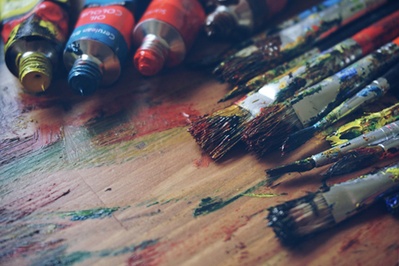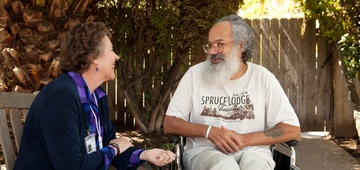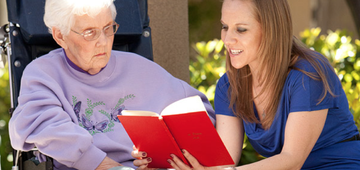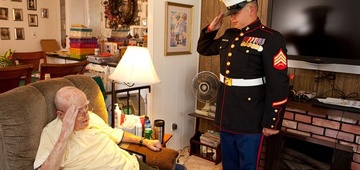
“When you are making art, the rest of the world melts away. Art is a piece of you that is transformed into tangible material for others to observe and appreciate.”
Lisa Swaiman, a recent recipient of the Lights of LightBridge Award, holds this philosophy close to her heart. As a certified Healing Arts Facilitator, she has been offering expressive art opportunities to the patients at Lightbridge Hospice for over three years.
Expressive Art can open channels for people to reconnect with their long-term memories. It can improve communication when the spoken language is no longer available and can be a distraction from pain, anxiety, and boredom that a patient may be experiencing. In some cases, it can provide closure to unresolved life issues.
Lisa recalled a particular patient, Anna. Anna was unable to communicate in English, as dementia had taken away her ability to communicate in her second language. She was only able to speak in her first language, which was Russian. Anna would sit in silent protest at the back of the activity room, refusing to participate. After days of observing, she waved her hand to motion her interest. On that particular day, the exercise was to close your eyes, think about where you were living at ten years old and paint a picture of that scene. Through observation, she understood the assignment but had never held a paintbrush. With guidance from our trained staff, she continued and went on to paint her childhood home, walkway, and her sister’s bedroom window, in Russia. This activity moved her to tears as she was able to share a piece of her story with others. Anna is a beautiful example of how impactful this therapy can be.
Lightbridge is committed to a patient-centered approach that focuses on providing empowerment when a patient can no longer communicate or struggles to express their needs. Expressive Art creates a space of autonomy for patients, where the individual, not the caregiver determines value or importance. Following each therapy session, many patients become more interactive, their overall well-being has been seen to improve, and their smiles light up the room.
Photo by Andrian Valeanu



